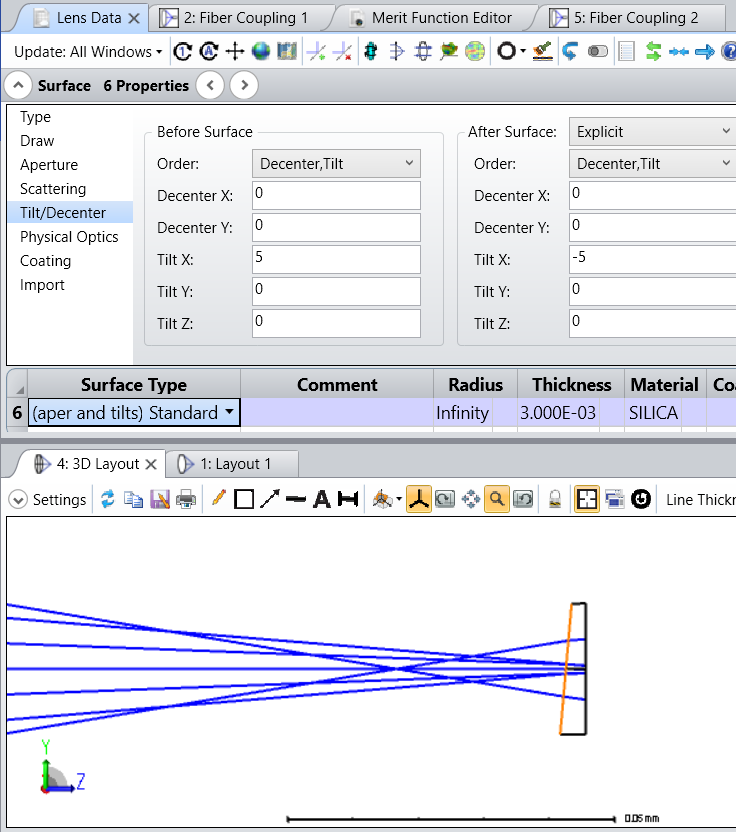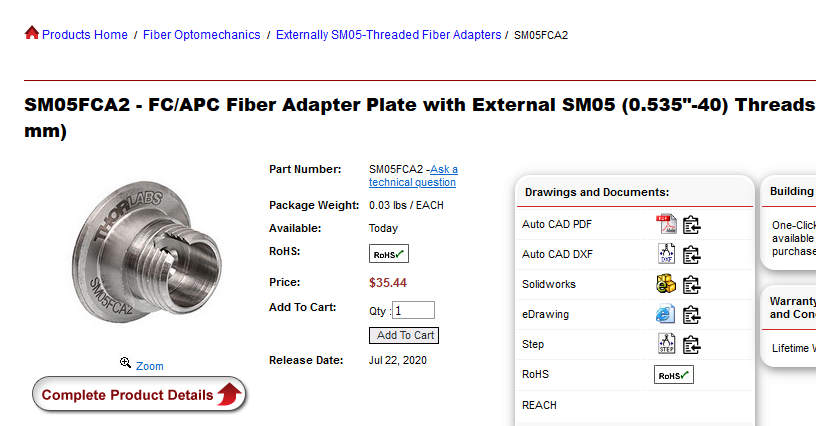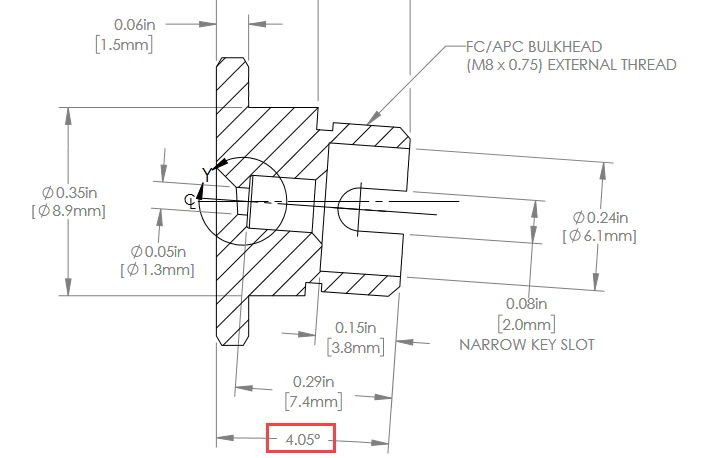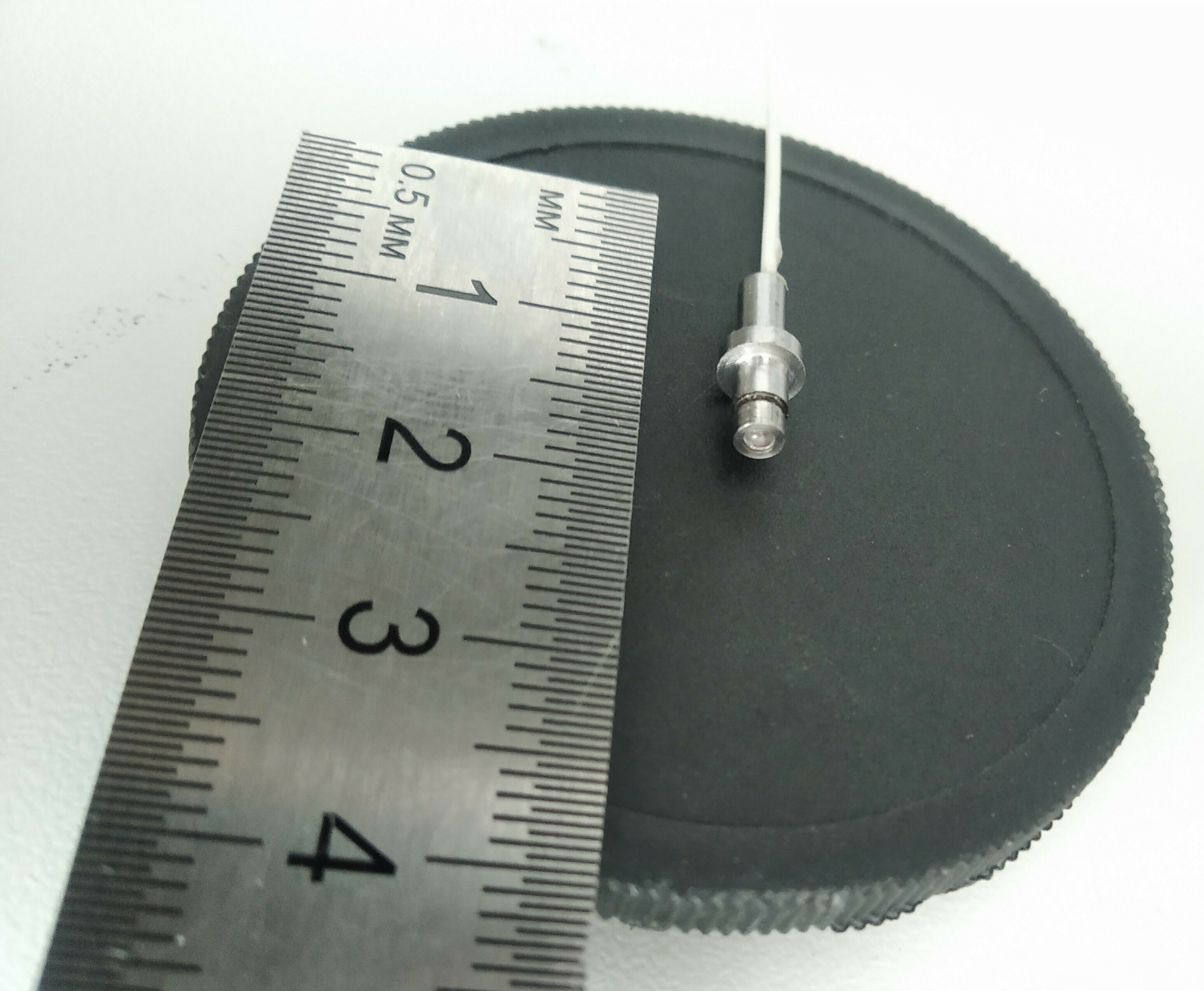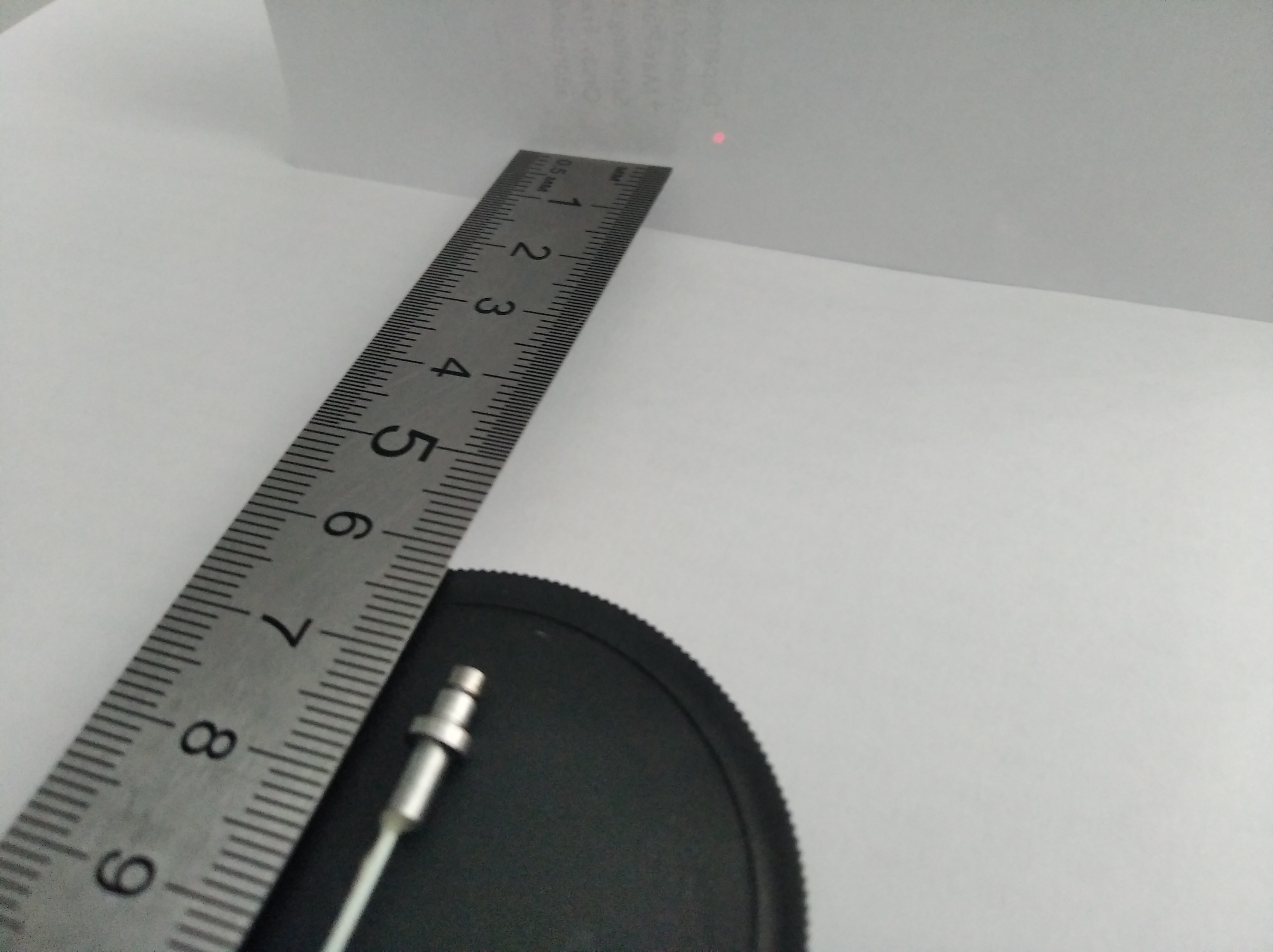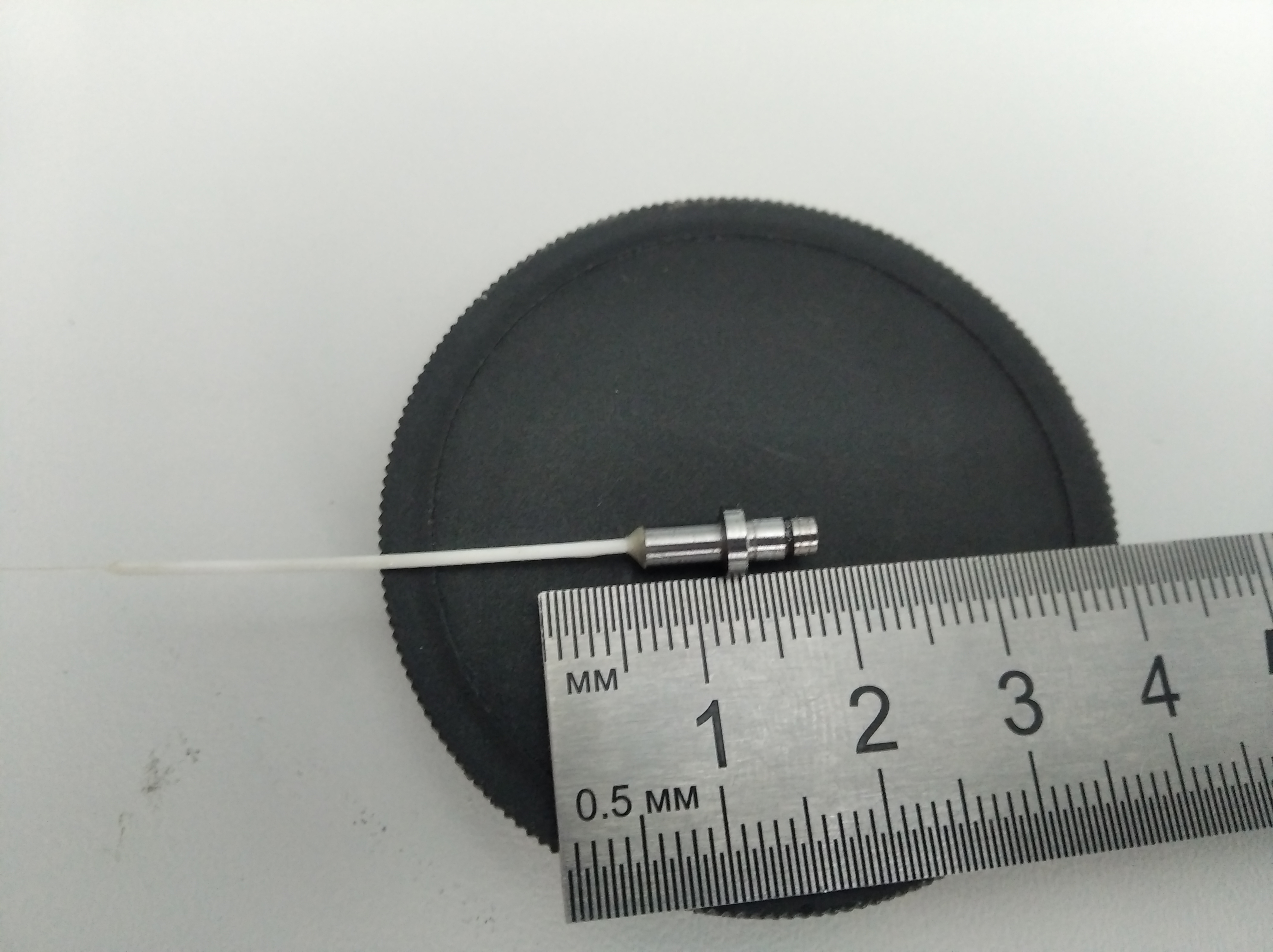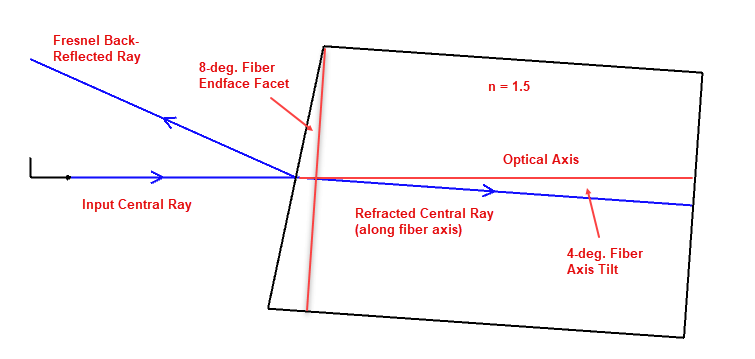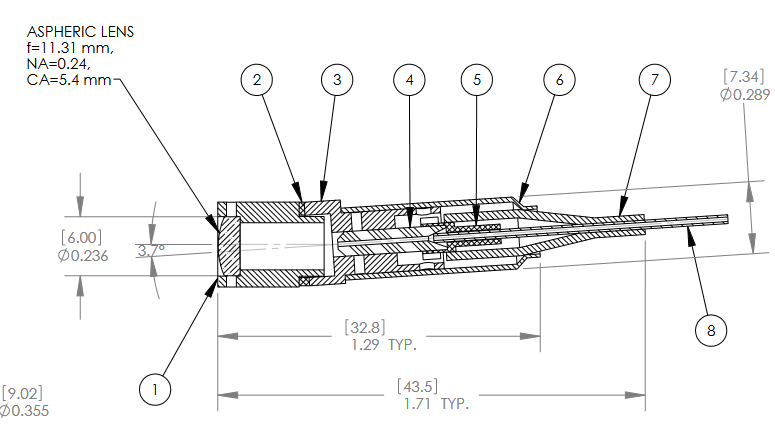The FICL operand is used for beam - fiber coupling optimization.
But the FICL for optimization used only NA (numerical apertures) of fibers.
Does the fiber mode field diameter (MFD) makes any impart on coupling efficiency ?
The MFD very important in coupling but in optimization with FICL its looks like the fibers MFDs doesnt used.
How to include the fiber MFD in optimization with FICL ?



